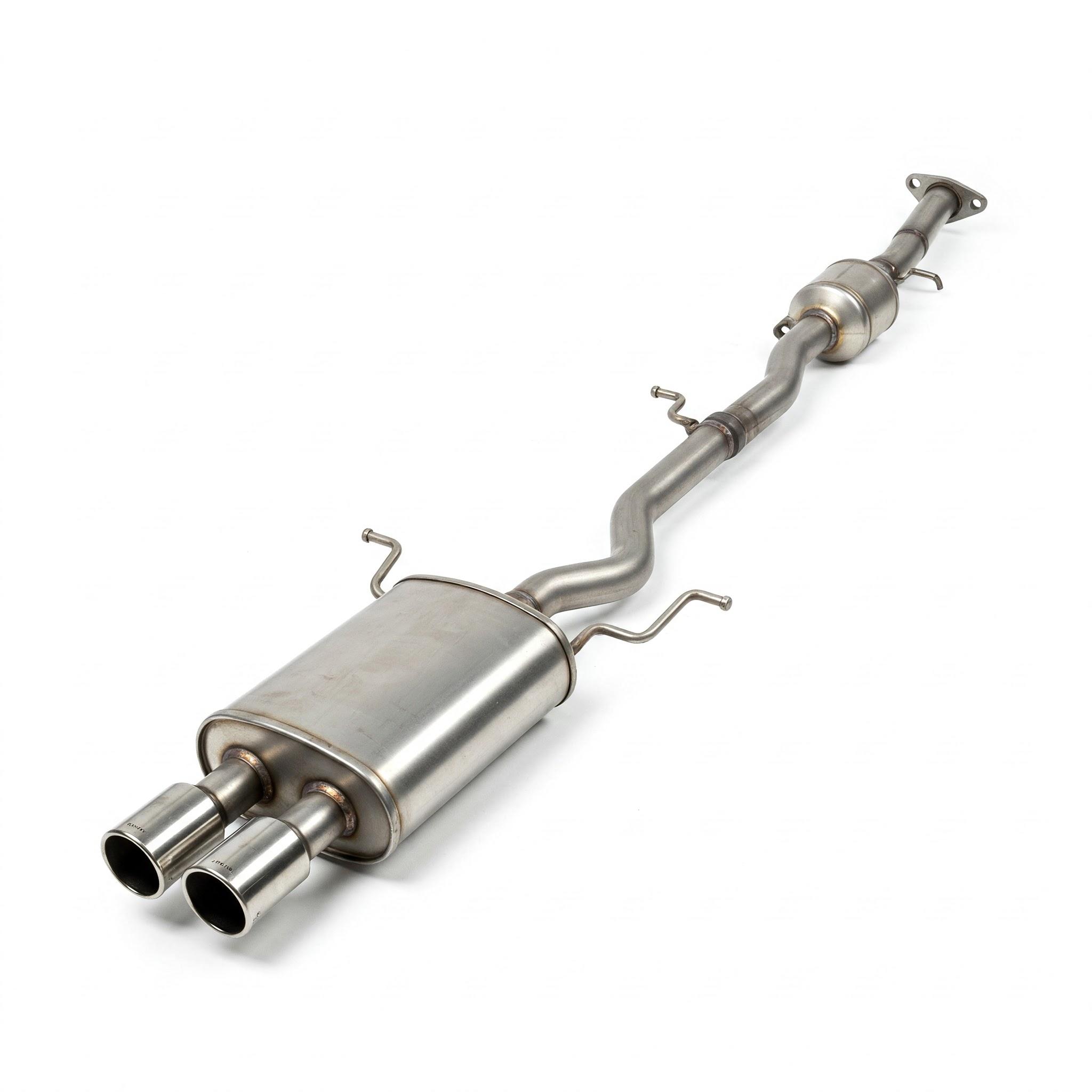How to Design an Exhaust System: A Step-by-Step Guide

In any building—whether residential, commercial, or industrial—an effective exhaust system is crucial for maintaining air quality and ensuring occupant safety. From removing odors and moisture to eliminating airborne pollutants, a well-designed exhaust system contributes significantly to the overall HVAC performance. In this blog, we discus Exhaust System Design Guide.
1. Determine the Exhaust Requirements
To begin with, assess the specific requirements of the space. This initial step involves identifying the types of contaminants—such as smoke, fumes, humidity, or dust—that must be removed. Furthermore, determine the desired ventilation rate in accordance with local codes or industry standards (e.g., ASHRAE guidelines). By doing so, you can establish the necessary air volume to be exhausted per minute.
2. Select the Right Exhaust Fans
Once the requirements are clear, the next step is to choose the appropriate exhaust fans. Here, it is essential to consider the room size, the type of contaminants, and the overall airflow requirements. Additionally, take into account factors such as energy efficiency and acceptable noise levels. In particular, high-moisture environments like kitchens and bathrooms demand corrosion-resistant, appropriately rated fans.
3. Design the Ductwork Layout
After selecting the fans, shift focus to the ductwork design. Ideally, use straight and smooth duct paths to reduce resistance and noise. When bends are necessary, ensure that they are wide and gradual. Also, match duct sizes to the required airflow (measured in CFM) to minimize pressure drops. Moreover, place dampers and grilles strategically to direct airflow and ensure even distribution.
4. Install Fans and Ductwork
Following the design phase, begin the installation process. Coordinate closely with other building systems such as electrical, plumbing, and structural components to avoid conflicts. During installation, verify that all components are securely mounted and that duct joints are properly sealed to prevent leakage. At this stage, ensuring accessibility for future maintenance is also important.
5. Commission the Exhaust System
Once the installation is complete, proceed with commissioning. This involves testing the system to confirm that it meets design specifications. If discrepancies arise, adjust the airflow using dampers or variable-speed controls. In addition, measure the airflow at different outlets to confirm balanced and effective operation.
6. Monitor and Maintain the System
Finally, an exhaust system must be routinely monitored and maintained to preserve its efficiency and performance. Regularly inspect fans, ducts, and filters for signs of wear, buildup, or blockage. In addition, schedule periodic cleanings and service checks. Prompt repairs and consistent maintenance can significantly extend the lifespan of the system.
Conclusion
Designing an exhaust system is more than just installing fans and ducts—it requires planning, coordination, and performance evaluation. By following these steps, you can create an efficient system that protects indoor air quality, complies with standards, and operates with long-term reliability.



